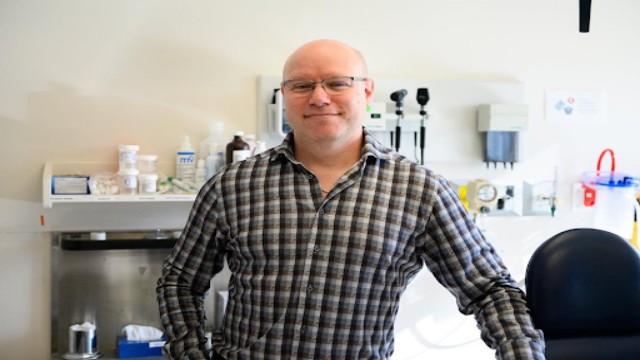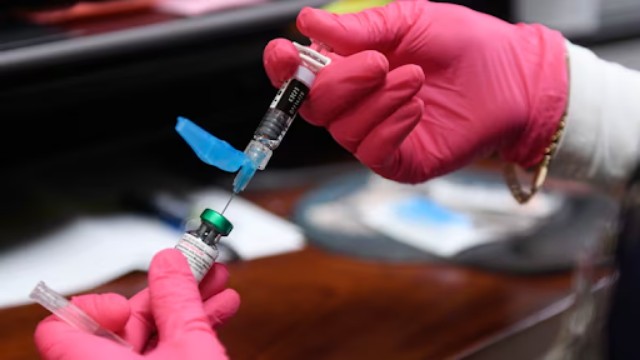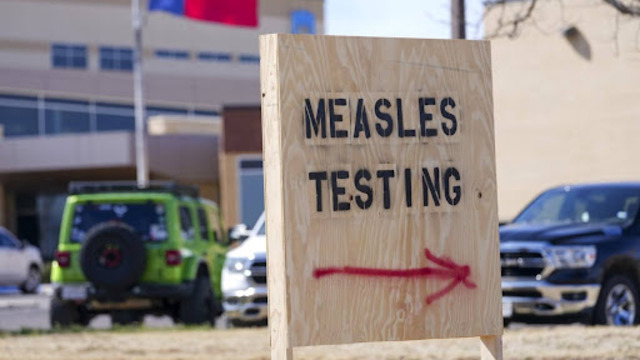
This undated photo provided by the Oregon Health & Science University in October 2024 shows Drs. Erin Yamamoto, left, and Juan Piantino, who used special imaging to spot a long-suspected pathway the human brain uses to clear waste. (Christine Torres Hicks/OHSU via AP)
Researchers have uncovered new insights into how the human brain clears out waste, shedding light on processes that could play a role in conditions like Alzheimer’s disease.
The brain uses significant nutrients, creating a lot of waste. Scientists have long suspected that the brain has a system for flushing out this waste, especially during sleep—something they observed in mice. However, there was only indirect evidence of a similar system in humans.
Now, using advanced imaging techniques, researchers have identified this waste-clearing network in living humans for the first time.
"I was doubtful at first," admitted Dr. Juan Piantino of Oregon Health & Science University, whose team made the discovery. "But this was the proof we needed to confirm it happens in humans, too."
The findings were published in Proceedings of the National Academy of Sciences.
The brain remains highly active during sleep, a time when it appears to undergo a deep clean. This is significant because while missing out on sleep can cloud thinking, chronic sleep deprivation is also considered a risk factor for dementia.
But how exactly does the brain clean itself?
More than a decade ago, scientists at the University of Rochester discovered what they called the "glymphatic system." This system allows cerebrospinal fluid to flow along blood vessels into the brain tissue, flushing out waste. Studies in mice showed that when injected with beta-amyloid—a substance linked to Alzheimer’s—their brains cleared it away more efficiently during sleep.
The exact workings of this system are still being studied. Some research suggests that blood vessels pulsate, helping move the fluid through the brain. However, detecting this system in humans has been difficult. Standard MRI scans can show some fluid-filled channels, but not how they function, Piantino explained.
To investigate further, Piantino’s team injected a tracer into five patients undergoing brain surgery, using a more advanced MRI technique. The tracer illuminated these waste-clearing channels, showing that 24 to 48 hours later, the fluid wasn't moving randomly but following those pathways, just as seen in mice.
Though this study involved only a small number of patients, it could lead to greater interest in how brain waste clearance affects human health. Dr. Maiken Nedergaard from Rochester predicted the findings will draw more attention to the link between waste removal and overall health.
Dr. Jeff Iliff of the University of Washington, a pioneer in this field, emphasized the importance of finding ways to measure this system in humans. “If we want to see if better sleep or treatments improve waste clearance, we need reliable ways to track glymphatic function in people,” he said.
Sleep isn’t the only factor being studied. Animal research suggests that an old blood pressure drug, currently used to treat PTSD, might boost glymphatic function. Iliff and Dr. Elaine Peskind are set to test this in specific patients.
Larger studies are necessary, and Piantino, who focuses on sleep health, hopes to develop noninvasive methods for testing glymphatic function. “We can't keep injecting people,” he said.















